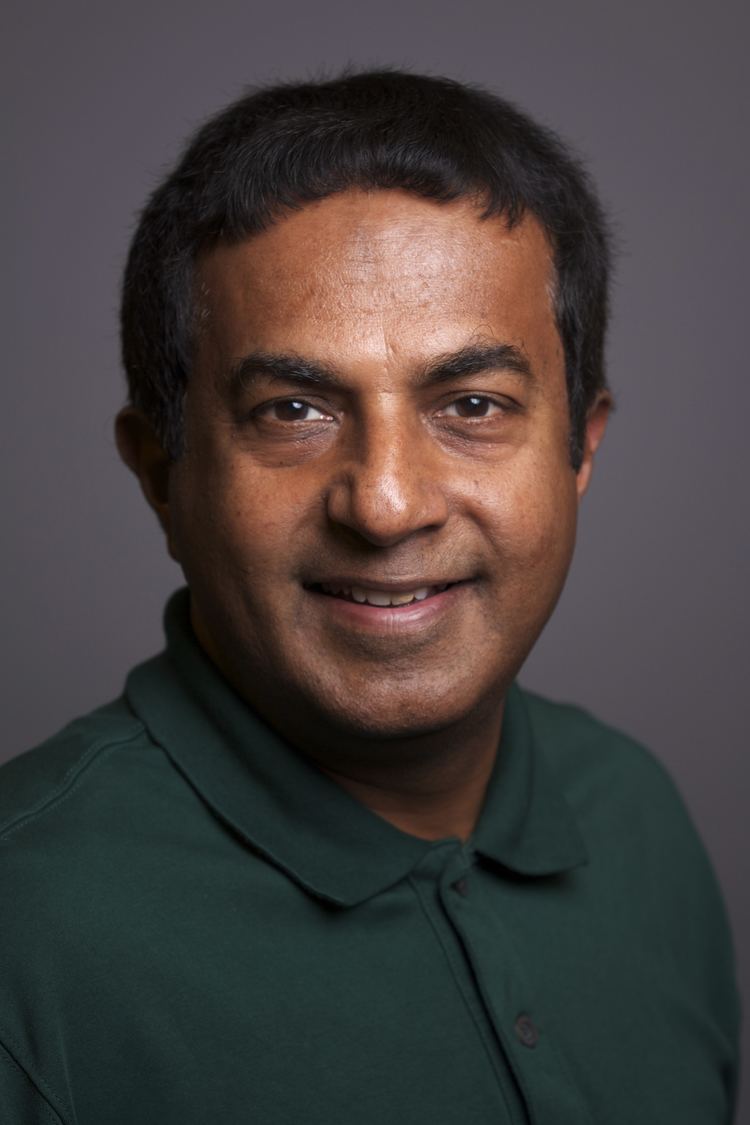Name George Varghese Role Researcher | Awards SIGCOMM Award | |
 | ||
Books Network algorithmics, Earthquakes and Your Home Education Massachusetts Institute of Technology, Indian Institute of Technology Bombay, North Carolina State University | ||
George varghese lost in the wind guitar instrumental
George Varghese (born 1960) is a Principal Researcher at Microsoft Research. Before joining MSR's lab in Silicon Valley in 2013, he was a Professor of Computer Science at the University of California San Diego, where he led the Internet Algorithms Lab and also worked with the Center for Network Systems and the Center for Internet Epidemiology. He is the author of the textbook Network Algorithmics published by Morgan Kaufmann in 2004.
Contents
- George varghese lost in the wind guitar instrumental
- What drives you george varghese and hari balakrishnan at mit
- Education
- Transparent bridge architecture
- Network algorithmics
- IP lookup and packet classification
- Self stabilization
- NetSift
- Awards and honors
- Selected publications
- References
What drives you george varghese and hari balakrishnan at mit
Education
Varghese received his B.Tech in electrical engineering from IIT Bombay in 1981, his M.S. in computer studies from NCSU in 1983 and his Ph.D. in computer science from MIT in 1993, where his advisor was Nancy Lynch. He is a Fellow of the ACM since 2002.
Transparent bridge architecture
Before his Ph.D., George spent several years as part of the network architecture and advanced development group at Digital Equipment Corporation, where he wrote the first specification for the first transparent bridge architecture (based on the inventions of Mark Kempf and Radia Perlman). After several iterations and other authors, this became the IEEE 802 bridge specification, a widely implemented standard that is the basis of the billion dollar transparent bridging industry. He was also part of the DEC team that invented the Gigaswitch and the Giganet (a precursor to Gigabit Ethernet).
Network algorithmics
Varghese is best known for helping define network algorithmics, a field of study which resolves networking bottlenecks using interdisciplinary techniques that include changes to hardware and operating systems as well as efficient algorithms.
Among his contributions to network algorithmics are Deficit Round Robin (co-invented with M. Shreedhar), a scheduling algorithm that is widely used in routers, and timing wheels (with Tony Lauck), an algorithm for fast timers that is used as the basis of fast timers in Linux and FreeBSD.
IP lookup and packet classification
Varghese has also worked extensively on fast IP lookup and packet classification. His work with G. Chandranmenon on Threaded indexes predates the work done at Cisco Systems and Juniper Networks on tag switching. His work on multibit tries (with V. Srinivasan) has been used by a number of companies including Microsoft. His work on scalable IP packet lookup (with Waldvogel and Turner) for longer addresses such as IPv6 is being considered for use by Linux.
George also worked with Eatherton and Dittia on the Tree bitmap IP lookup algorithm that is used in Cisco’s CRS-1 router, which many believe to be the fastest router in the world. Tree bitmap and hypercuts (with Sumeet Singh and Florin Baboescu) appear to be among the best algorithms (excluding CAMs) for IP lookup and packet classification today.
Self stabilization
George is also known for his contributions to the theoretical field of self-stabilization (a form of fault-tolerance), where he has helped (with various colleagues) pioneer several general techniques such as local checking, local correction, and counter flushing.
NetSift
Varghese co-founded NetSift Inc. (with Sumeet Singh) in 2004, serving as President and CTO. NetSift helped pioneer the notion of automated signature extraction for security and helped to introduce the use of streaming algorithms for network measurement and security at speeds greater than 10 Gbit/s. His work with Cristian Estan on multistage filters has been widely used in industry. NetSift was acquired in June 2005 by Cisco Systems as part of the Modular Switching Group.
